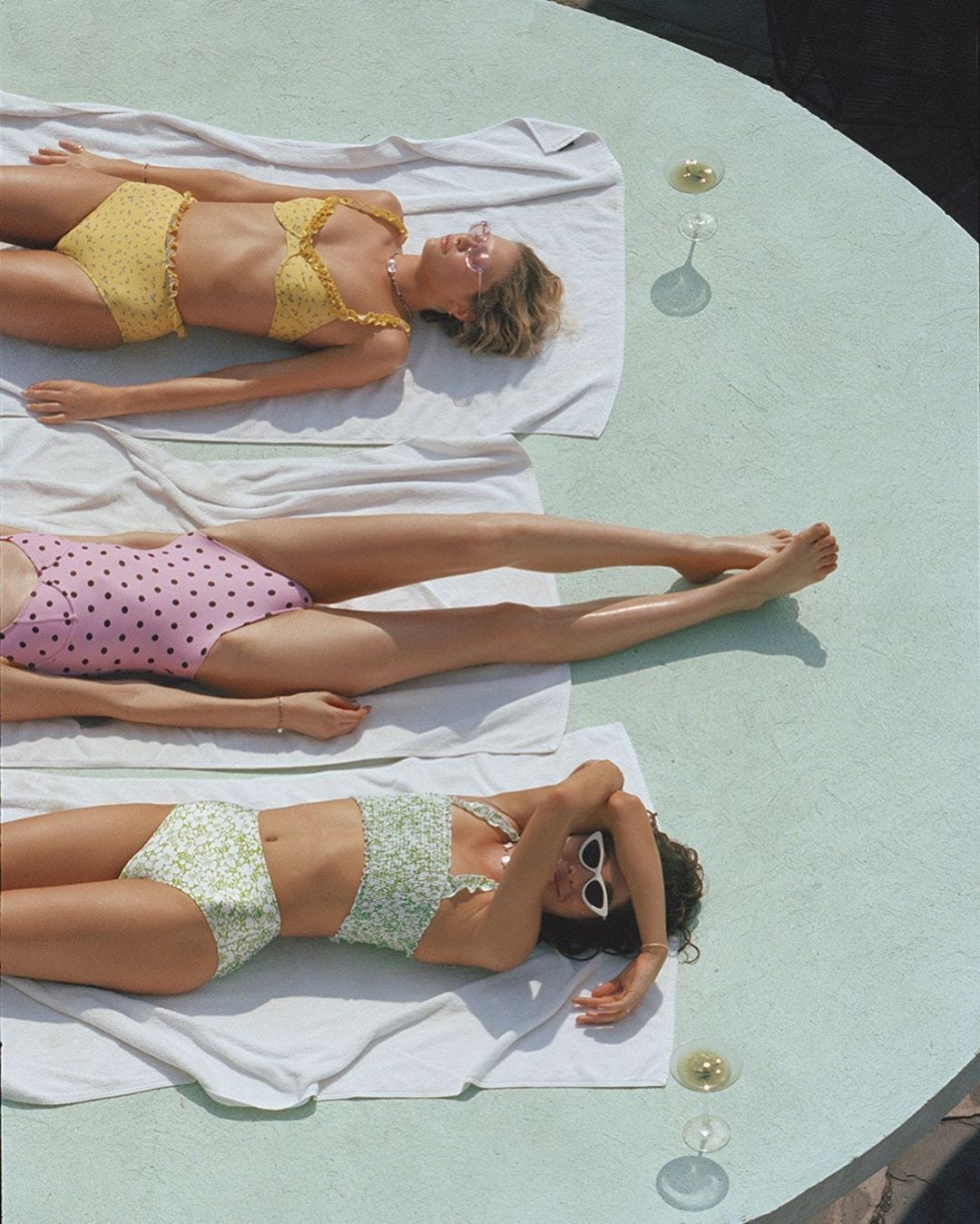Would you jump into the UFC octagon without training to fight, or into Hawaii waves without training to surf?
Tanning is no different than any other intense sport— you must train your body to do it safely and effectively, as all the citizens of Tan Land do.
Just as you must eat the right foods and do the right conditioning to get better at these sports, you have to prepare your body to handle the sun’s intensity as well.
Everyone can tan, but if you have stubborn tan-resistant skin, this post will describe three under-discussed ways to prepare your body for the sun.
Red Light and Intensity
Every Tan Landian rises early to see the sunrise and get full-body sun exposure each morning.
In addition to the psychological and spiritual benefits of this practice, early morning sun exposure has another benefit: it primes your skin for the more intense UV exposure that occurs later in the day.
Basically, red and near-infrared light (the same as in red light therapy) makes your skin more resilient to the stronger, more damaging wavelengths of light that occur later in the day.
Of course, the early morning and late evening sun is the world’s best red light therapy device, offering the same wavelengths as those red LED panels, but in a more complete spectrum.

It makes sense, since the natural rhythm of life involves waking up to see the early morning sun before your skin sees the intense midday sun.
It’s about as literal of a “warmup” as you can get.
Either a red light panel or the early sunlight itself will work for such a warmup. Just make sure to get the light on as much of your body, and especially your eyes, as you can.
Tan Your Eyes Too
Speaking of eyes, you need to make sure that they get unfiltered sunlight while tanning as well.
Your eyes don’t just see images—they include cells to detect the brightness of ambient light as well, and they influence the hormones your body produces over a longer time frame, with impacts on circadian rhythm and other cycles.
If you wear sunglasses while outside, these cells will think it’s dark out. Your skin will know that it’s getting sunlight (because it has light receptors too), so your brain will get conflicting information about your environment.
Don’t you think that this could hamper the skin’s ability to absorb the sun effectively?
Think of wearing sunglasses here as like wearing gloves while rock climbing. It might make it more comfortable initially, but you’ll fail to develop the callouses that you actually need to be an effective climber.
If you want to go all the way with this, make sure to remove contacts and sunglasses too. Even clear glass blocks UV radiation, and that may be an important part of detecting sunlight correctly too.
Don’t worry, the sun doesn’t damage your eyes, just like it doesn’t damage skin, as long as you don’t have seed oils in there and you expose yourself judiciously.
Leverage the Shade
When I advocate natural tanning, some people may be inclined to start roasting themselves under the midday sun for hours each day.
While I applaud the intent, it’s a questionable strategy, particularly for people who have spent most of their life indoors.
You cannot go from couch potato to marathon runner in a month, and tanning is no different.
Keep reading with a 7-day free trial
Subscribe to Tan Land: Natural Health and Beauty to keep reading this post and get 7 days of free access to the full post archives.



